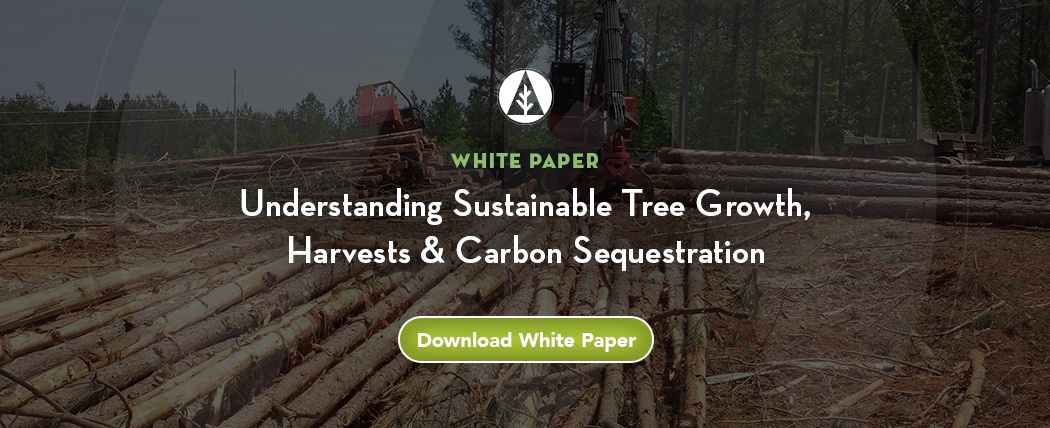2 min read
Congress Proposes Billions in New Forest Spending – With Strings Attached
 Nick Smith
:
October 6, 2021
Nick Smith
:
October 6, 2021

This year, U.S. Forest Service-protected lands account for more than half of acres burned. Chief Randy Moore recently told the House Subcommittee on Conservation and Forestry, “We must actively treat forests. That’s what it takes to turn this system around.”
As reported previously, the U.S. Congress responded by proposing billions in new spending on wildfire mitigation and other forest management work. The U.S. Senate’s Bipartisan Infrastructure Framework alone contains $6 billion for hazardous fuels reduction.
The Democrats’ major social spending legislation (known as “reconciliation”) also includes $14 billion for hazardous fuels reduction but includes a number of restrictions on how those funds could be used and would likely result in more forest gridlock if enacted. That’s because $10 billion of this new spending would be restricted to activities inside a narrowly defined Wildland Urban Interface (WUI) - areas where forests and communities intersect - and $4 billion that could be used outside this area.
However, the legislation requires every acre in the WUI must be “effectively treated to prevent the spread of wildfire” before that $4 billion can even be used.
Even if the Forest Service reaches that impossible threshold, the legislation restricts the $4 billion to forest projects that are “non-commercial” in nature. Projects must also comply with forestry restrictions that further tie the hands of public lands managers and would likely require years of federal rulemaking.
If you want a current example why this approach won’t work, look to the Southwest. The Forest Service recently canceled the second phase of its Four Forest Restoration Initiative, which was intended treat more than 500,000 acres vulnerable to catastrophic wildfire in Arizona. The agency had said a 20-year contract would be awarded to a company to do the work sometime during the summer.
Unfortunately, there are few companies that are capable of doing this work as long as barriers to active forest management on federal lands persist. The Forest Service could not give companies the necessary assurances that they would be supported should something occur that reduced the total number of acres, such as lawsuits, bureaucratic delay, or massive wildfires.
The problem is the region lacks sufficient loggers, sawmills, truckers and others who are necessary to do the work efficiently and effectively. This infrastructure collapsed with the dramatic decline in federal timber harvests, and no business can justify investing in equipment and workers without some assurance they can make some money.
To bend the curve of large, destructive wildfires, a strong partnership is needed between federal agencies and the private sector businesses to do the work. A good example of that partnership in Washington can be found in this YouTube video.
Excluding those with the workers, equipment and expertise to do the work is simply a recipe for more gridlock and more wildfires. As of this writing, the major spending bills are in limbo as moderate and progressive Democrats debate trillions of dollars in new federal government spending.
his post appears courtesy of guest blogger Nick Smith, who is Executive Director of Healthy Forests, Healthy Communities, a non-profit, non-partisan organization that is supported by individuals and businesses who are passionate about improving the health of our forests and the future of our rural, forested communities.





